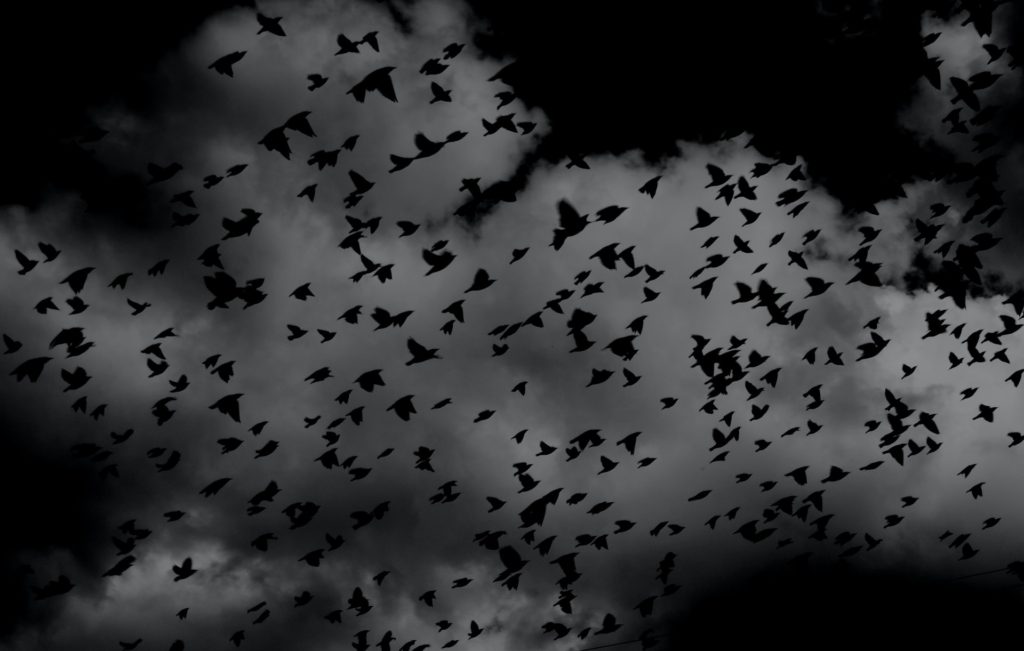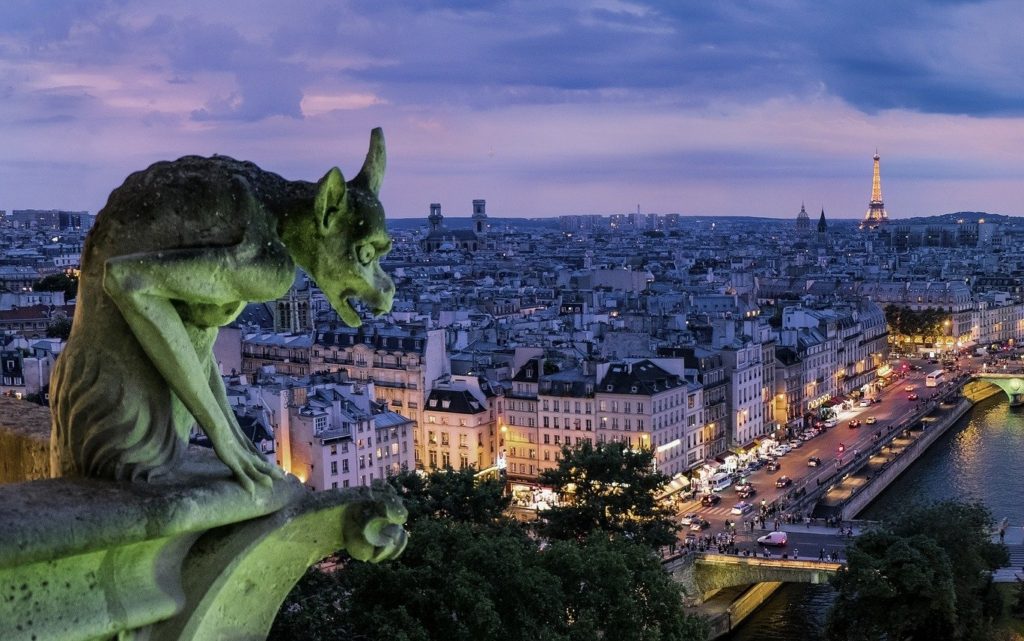Note: the following article on Vampire Capital and Social Classes in Dracula is a modified excerpt (pp. 127-131) from my doctoral dissertation, “Time is Everything with Him”: The Concept of the Eternal Now in Nineteenth-Century Gothic, which can be downloaded (for free) from the repository of the Tampere University Press. For a list of my other academic publications, see the list on the main website.
The emergence of the Gothic – particularly the Victorian Gothic – can be traced to the development of the market. The mid-nineteenth century also coincides with one of the most important theoreticians on capital, Karl Marx, who used numerous Gothic metaphors for his references to capitalism:
Capital is dead labour which, vampire-like, lives only by sucking living labour, and lives the more, the more labour it sucks. The time during which the worker works is the time during which the capitalist consumes the labour-power he has bought from him. If the worker consumes his disposable time for himself, he robs the capitalist (342).
Additionally, there is an association between, on the one hand, ghosts and specters, and, on the other, the transcendent nature of commodities and the invisibility of wealth. The association is facilitated through the introduction of economic devices such as the stock market and the prevalence of paper money (Smith, 149–150).
Andrew Smith claims that such an element can also be found in A Christmas Carol, as Scrooge’s wealth “is both there (hoarded) and not there (not in circulation)”, with a parallel formed between the “spectrality” of money and that of ghosts (150). Scrooge becomes a prime example – if not an actual personification – of this very invisibility of wealth.


